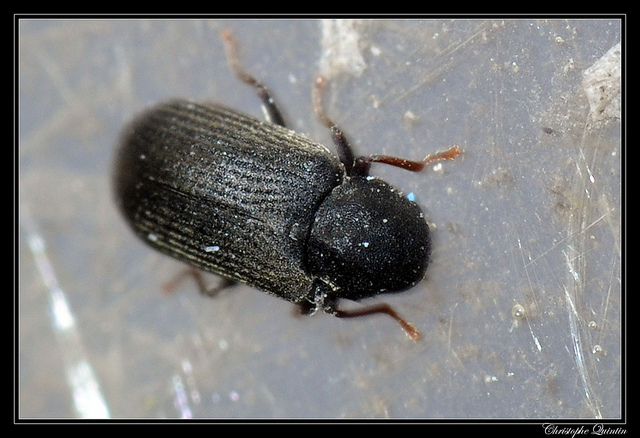Wormholes: not just for physicists anymore
Ars Technica » Scientific Method 2012-11-29

New research published in Biology Letters last week presents evidence that wormholes can advance our knowledge by bridging gaps in time. But no, this isn't the cosmic, theoretical, Star Trek and Sliders kind of wormhole. This research is about holes made by worms and larvae. S. Blair Hedges, a biologist from Penn State University, used wormholes printed in art to examine the historical distribution of wood-boring insects in Europe.
Woodcut printing, which originated in Asia nearly 2,000 years ago, is an artistic way to print text and images. Words, characters, or pictures are carved in relief onto a block of wood, which is then inked and stamped onto paper. This art form was the major method of illustration in books for hundreds of years, from the invention of the printing press until the early 1800s.
Ingeniously, Hedges realized that wormholes embedded in the wood blocks were transferred onto the prints as white dots and tracks, and that these imperfections could be used to identify and track different species of insects throughout history.
Read 5 remaining paragraphs | Comments